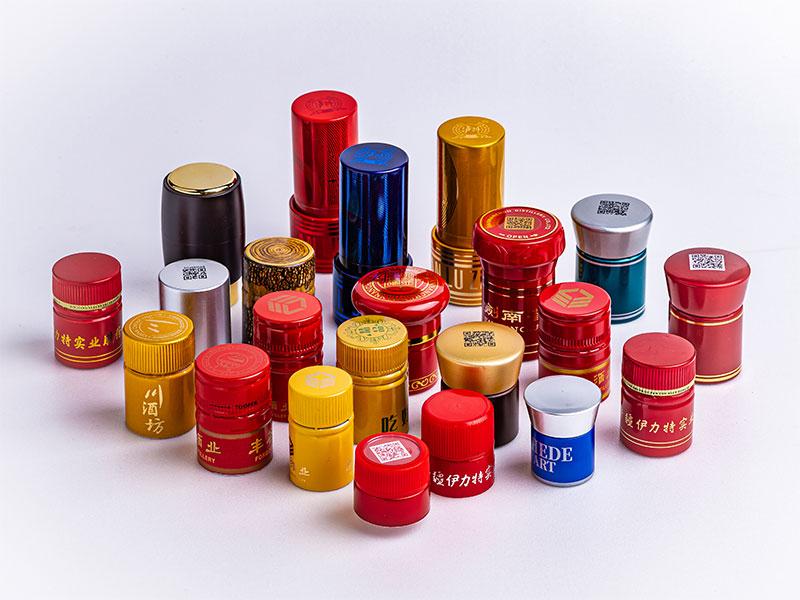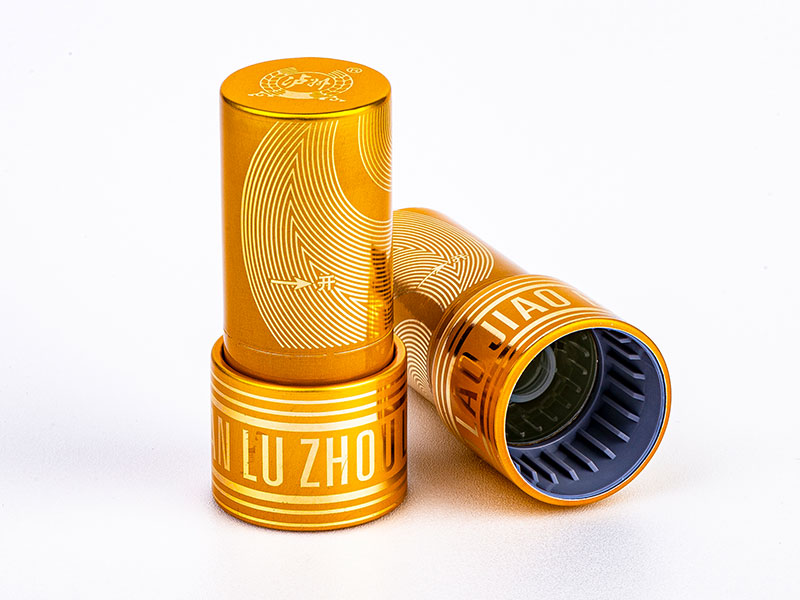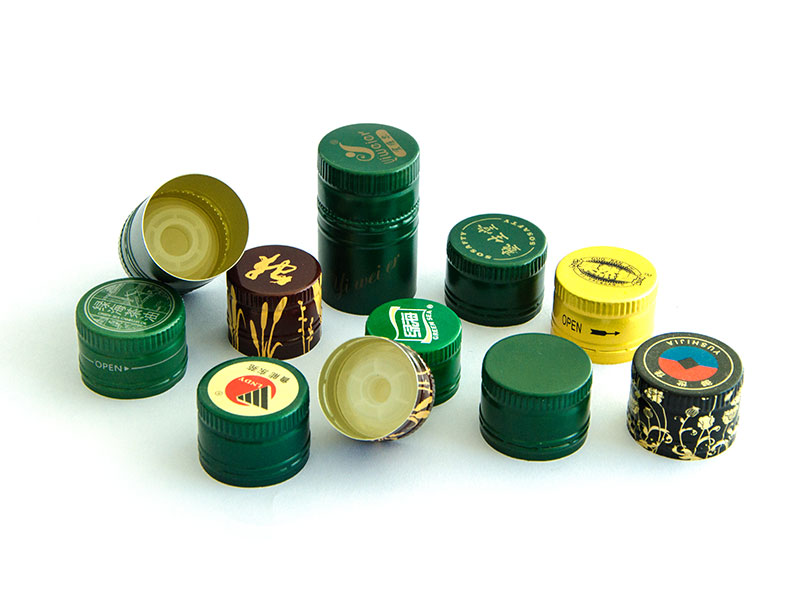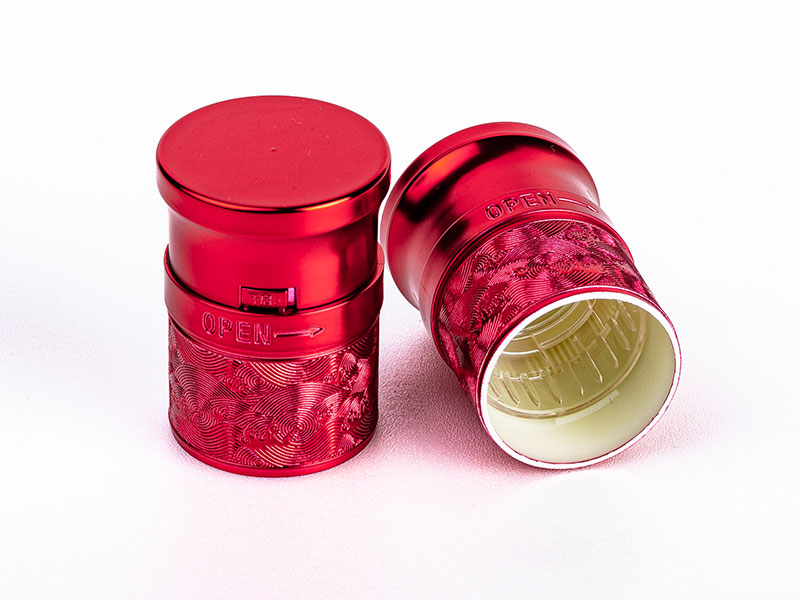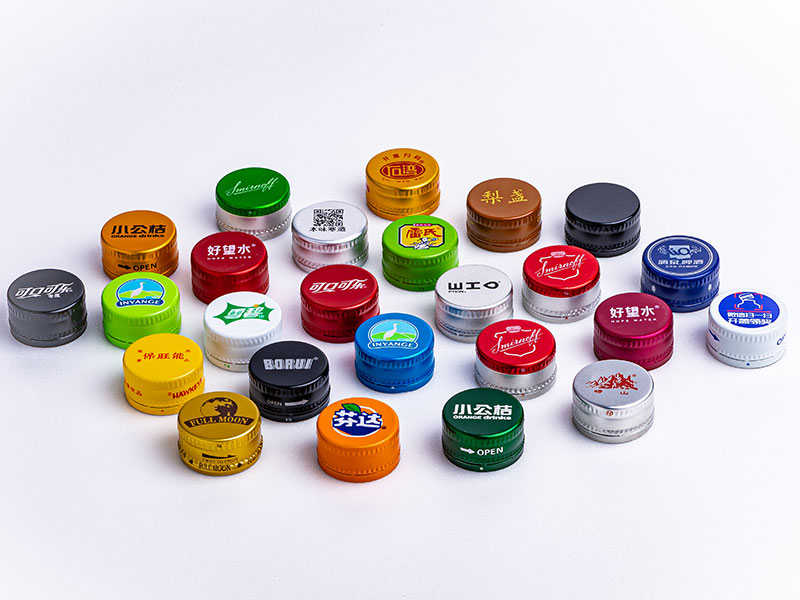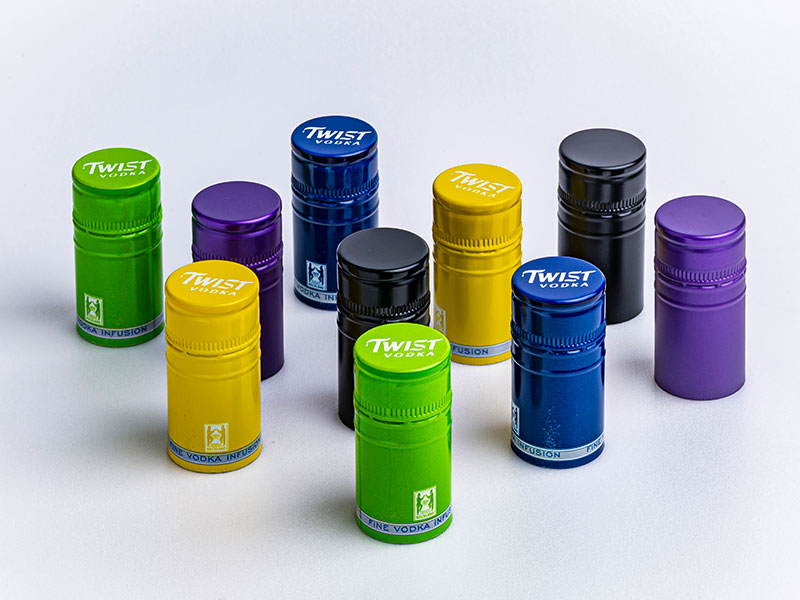Alternatives to natural cork for wine bottles
Alternatives to Natural Cork for Wine Bottles: The Marriage of Tradition and Innovation
When we think of wine bottles, the image of a natural cork slowly releasing a rich, earthy aroma as it’s pulled from the bottle is almost iconic. For centuries, natural cork has been the guardian of wine, sealing in its essence while allowing it to breathe just enough for a graceful evolution. However, as both environmental concerns and quality expectations rise, winemakers and consumers alike are alternatives to natural cork that do not compromise on tradition or wine integrity.
Why Look Beyond Natural Cork?
Natural cork, harvested from the bark of cork oak trees primarily in Portugal and Spain, is a renewable resource with a low environmental footprint when managed sustainably. However, several challenges drive the search for alternatives:
-
Cork Taint (TCA Contamination): Despite stringent quality controls, some corks cause wine spoilage with a musty taste, perplexing vintners and consumers.
-
Supply Fluctuations and Cost: Vintage years with heavy cork bark pest damage or poor growth can tighten supply and raise prices.
-
Variability in Seal Performance: Natural cork is a biological product; quality can vary batch to batch, causing issues in bottle aging consistency.
Enter the innovators and material scientists who offer new closure technologies aiming to preserve that romantic tradition while addressing these concerns.
Synthetic Corks: Marrying Convenience with Reliability
Synthetic closures, often made from food-grade polymers, replicate the look and shape of natural cork and eliminate the risk of cork taint. Modern synthetics are engineered for consistency in oxygen transfer rates (OTR), essential for the wine's evolution inside the bottle. While initial iterations may have had off-putting 'plastic' impressions, current designs strike a balance between sealing performance and customer experience.
For wineries offering wines for early consumption, synthetic corks charm with affordability and reliability. However, the recreational charm of a traditional cork ‘pop’ feels emulated rather than authentic, thus synthetic corks are met with mixed emotions by connoisseurs.
Screw Caps: Science and Preservation in a Twist
Though once considered inferior, screw caps have propelled themselves into the mainstream with undeniable scientific backing. They offer airtight seals that virtually eliminate oxidation and spoilage from contaminants.
From a supply chain perspective, screw caps are affordable and reliable, lead to less breakage and simpler packing lines. Wines sealed with screw caps tend to retain freshness longer, especially whites and crisp reds.
However, in the romance of wine culture, screw caps may elicit perceptions of mass production—an image slowly shifting as premium producers adopt them to showcase quality.
Glass Stoppers and Agglomerated Corks: Elegant Alternatives
Glass stoppers are gaining favor for their novelty and reusability. Beyond aesthetics, glass closures offer oxygen barriers similar to screw caps but without plasticity. Their heavier weight and the cost of specialized bottling equipment make them suitable primarily for luxury wines.
Agglomerated corks (granulated cork bound with food-grade adhesives) and cork microspheres provide a middle ground: guaranteed freedom from TCA with optimized sealing properties. This blend appeals to those wishing to maintain the natural cork stereotype without sacrificial inconsistencies.
Aluminum Alloy Capsules: A High-Tech Complement
Interestingly, innovations in aluminum alloy manufacturing have allowed the creation of capsule designs combining functionality with aesthetic luxury, although primarily used outside direct bottle sealing.
A Future of Combination and Sustainability
The future lies not necessarily in the replacement of natural cork but in complementary technologies accommodating diverse styles and consumer preferences. Sustainable forestry remains crucial, alongside synthetic innovation, aiming for closures with negligible carbon footprints and minimized waste.
Winemakers and consumers gain from variety: early-to-drink wines may suit screw caps or synthetics; age-worthy vintages still predominantly favor natural cork, treated and tested for quality assurance.
Conclusion
Alternatives to natural cork are much more than mere replacements; they illustrate a dynamic confluence of tradition, modern science, and environmental mindfulness. Each alternative brings unique advantages, allowing winemakers to tailor closure solutions fitting their terroir story, wine style, and consumer outlook—ensuring that the beloved ritual of uncorking a bottle endures in evolving, thoughtful forms.
https://www.bottle-cap-lids.com/a/alternatives-to-natural-cork-for-wine-bottles.html



